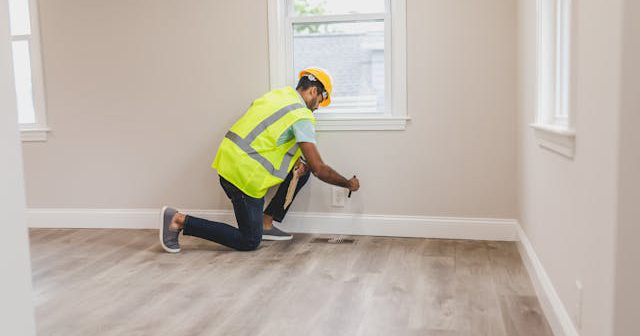Your home should be the one place where your family feels completely safe and at ease. But true security doesn’t happen by accident—it requires a thoughtful approach to safety, both inside and outside your house. From preventing break-ins to reducing everyday hazards, there are key steps you can take to protect your loved ones and your property.
Here are the essential safety measures every family home should have in place:
1. Strengthen Entry Points
Doors and windows are your home’s first line of defense. Install solid-core or reinforced doors, high-quality deadbolts, and window locks. For added protection, consider security screens or shatter-resistant glass. A simple habit—like always locking doors, even when you’re home—can significantly increase security.
2. Install a Reliable Security System
Modern home security systems offer much more than just alarms. With smart cameras, motion detectors, and mobile monitoring, you can keep an eye on your property from anywhere. Even a visible camera or yard sign can deter potential intruders.
3. Light Up Your Exterior
Dark areas around your home can invite unwanted visitors. Install motion-sensor lights near entryways, driveways, and backyards. Adequate lighting not only discourages trespassers but also makes it safer for family members to move around at night.
4. Keep Outdoor Areas Secure
Trim overgrown bushes and trees near windows or doors where intruders could hide. Secure fences, gates, and sheds to prevent easy access to tools or ladders that could be used to enter your home.
5. Fire and Carbon Monoxide Protection
Install smoke detectors on every level of your home and in each bedroom. Don’t forget carbon monoxide detectors if you use gas appliances or have an attached garage. Test alarms monthly and replace batteries regularly to keep them reliable.
6. Childproofing Essentials
If you have young children, childproofing is non-negotiable. Cover electrical outlets, install safety gates, secure heavy furniture to the wall, and store cleaning products and medications out of reach. These simple steps reduce the risk of everyday accidents.
7. Emergency Preparedness
Have a family emergency plan in place for fires, natural disasters, or break-ins. Practice escape routes, teach kids how to call 911, and keep a first aid kit and fire extinguisher easily accessible. Preparedness builds confidence in stressful moments.
8. Secure Wi-Fi and Smart Devices
In today’s digital world, home safety goes beyond physical locks. Protect your Wi-Fi with strong passwords and update them regularly. If you use smart devices like cameras or smart locks, make sure they’re secured against cyber threats.


